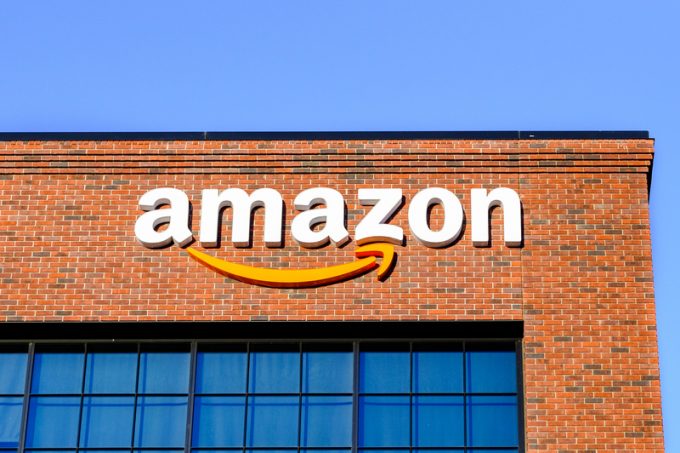Update from Amazon CEO Andy Jassy on Generative AI
Written by Andy Jassy, CEO of Amazon, and published today (17 June): (The message below was ...

Amazon has revamped its US operation, shifting from a centralised network to a regional set-up, with eight regions taking care of virtually all traffic within their range.
The new model is supposed to accelerate deliveries and reduce costs, although excess inventory could dent the cost equation.
Equipped ...

Comment on this article